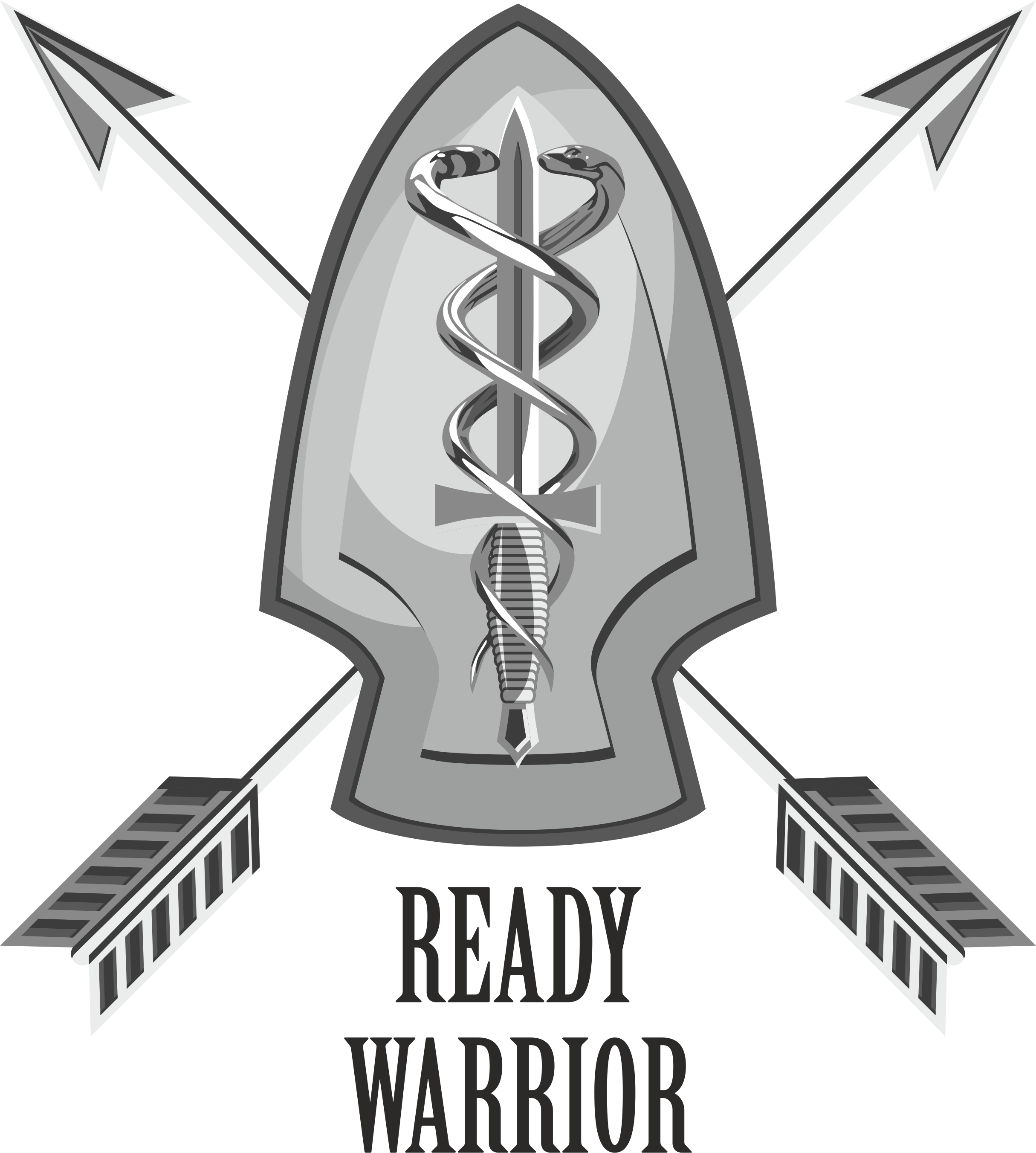While the method of injury (MOI) is always important to understand what wounds to look for and potential future complications, some injuries are always weirder than others (how often will you encounter a mangling of limbs via train). However, it is entirely possible that a similar injury may occur in a motor vehicle accident, farm accident, or a myriad of other ways. When compared to the force and violence of large machines, we are but flesh and bone.
Despite the gruesome nature of this injury, we still follow the same treatment algorithm that we have been rehearsing and preaching for the past few months.
Following the SMARCH method of treatment allows us to appropriately assess, treat and manage initial injury to ensure maximum survivability with potentially limited resources.
We cannot emphasize enough that we are not talking about a hospital setting with adequate supplies for this phase of treatment. Though these pictures were taken at a hospital post-injury, we want to focus on what had to happen in order for this patient to arrive alive at the hospital…no small feat when you see these injuries!
Let’s go over some things to think about to maximize this individuals’ chance of survival.
Security:
Remove the patient out of harm’s way before treating. This may seem super obvious, but keep this in mind for any situation (Traffic accident, etc.).
Massive Hemorrhage:
Your initial reaction was probably ‘holy *#^$^@’ and that is probably appropriate. The potential for massive trauma and serious bleeding here is not only possible, it’s highly likely. Appropriate tourniquet application to the limbs (if possible) is absolutely necessary. If the wound on the arm is too high for a tourniquet to adequately hold, you must attempt to identify the source of the
bleed and pack the wound appropriately.
Recognizing the seriousness of this injury and the incredible trauma associated with it, it is possible that the body went into immediate shock and the wound is not yet bleeding heavily. Knowing that there is an almost certain likelihood that it WILL bleed heavily once the blood vessels relax, you would be wise to proactively place a tourniquet or begin packing the wound to the best of your ability before it starts bleeding heavily.
The faster you can stop massive bleeding, the more perfusion the patient will have, their vitals will be more stable, and their long-term prognosis will be higher.
This is why it is SUCH a crucial step to not only be fast but also proficient in immediately stopping bleeds.
Airway:
Unknown from the pictures given, but some general rules are the following:
- If they respond verbally to you with coherent words, their airway is fine.
- If the patient is unconscious, but no dirt, debris, blood etc. impedes their airway, place an NPA/OPA to help keep their airway open.
- If you open their mouth and see significant amounts of dirt, debris, blood, or trauma in such a way that might impeded airflow, upgrade patient’s airway with a cric if you are trained. If not, do your best to place them in a position to maximize their ability to breathe on their own.
Respirations:
Significant trauma may have occurred to the chest/diaphragm area due to this MOI. Check for flail chest, difficulty breathing, or deterioration of breathing over time that would indicate a hemo/pneumothorax. If there is an indication of a pneumothorax, drop a needle as indicated (2 nd ICS MCL or 5 th ICS AAL). Hemothorax is more complicated, and supportive care in the form of a fluid challenge for hypovolemia may be necessary (Circulation). Any penetrating wounds need a chest seal.
Circulation:
Bandage remaining bleeds. Significant arm and leg trauma indicate he may have hip trauma as well. Place a pelvic binder if you find unstable hips. Initiate IV access. Vitals will dictate the fluid challenge given, but at the very least you need a patent IV in which to deliver drugs, etc.
Hypothermia, Head Injury:
Keep patient warm. Do not assume that patients in a warm environment are not at risk of hypothermia. Significant blood loss can lead to body temperature dropping. Assess head injuries/cognition level. Monitor for changes in status. Do not let the head fall below the level of the heart.
Take vitals a minimum of every 5 minutes, but constantly be monitoring for changes in outward appearance, bleeding, cognition deterioration, etc. If you move the patient, always reassess EVERY intervention you performed on them to ensure they are in still in place and effective.
With a patient like this, where massive injuries have occurred to the extremities, your job as a first responder is not to worry about reattaching or even saving their limbs. Your job is work quickly to save their life. Once you have done that, you should constantly be working to upgrade their condition. Follow the steps, get them stable, and let the surgeons and trained staff do what they do best.


